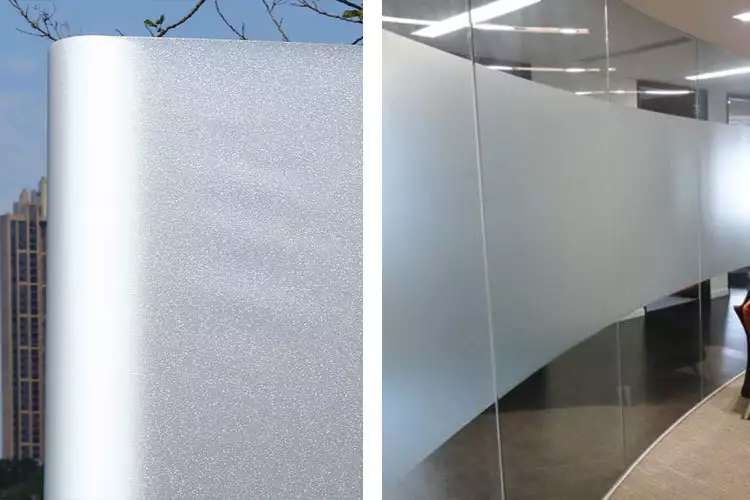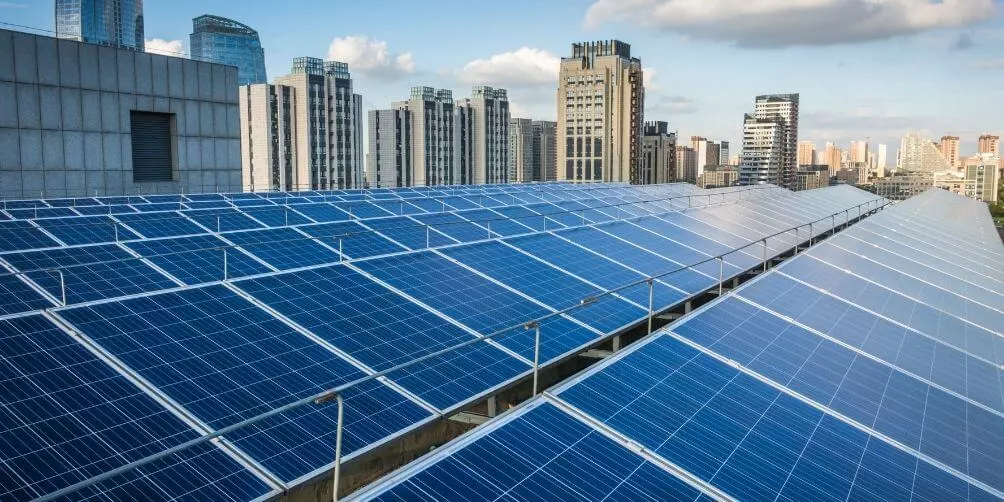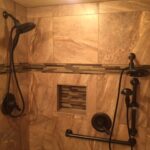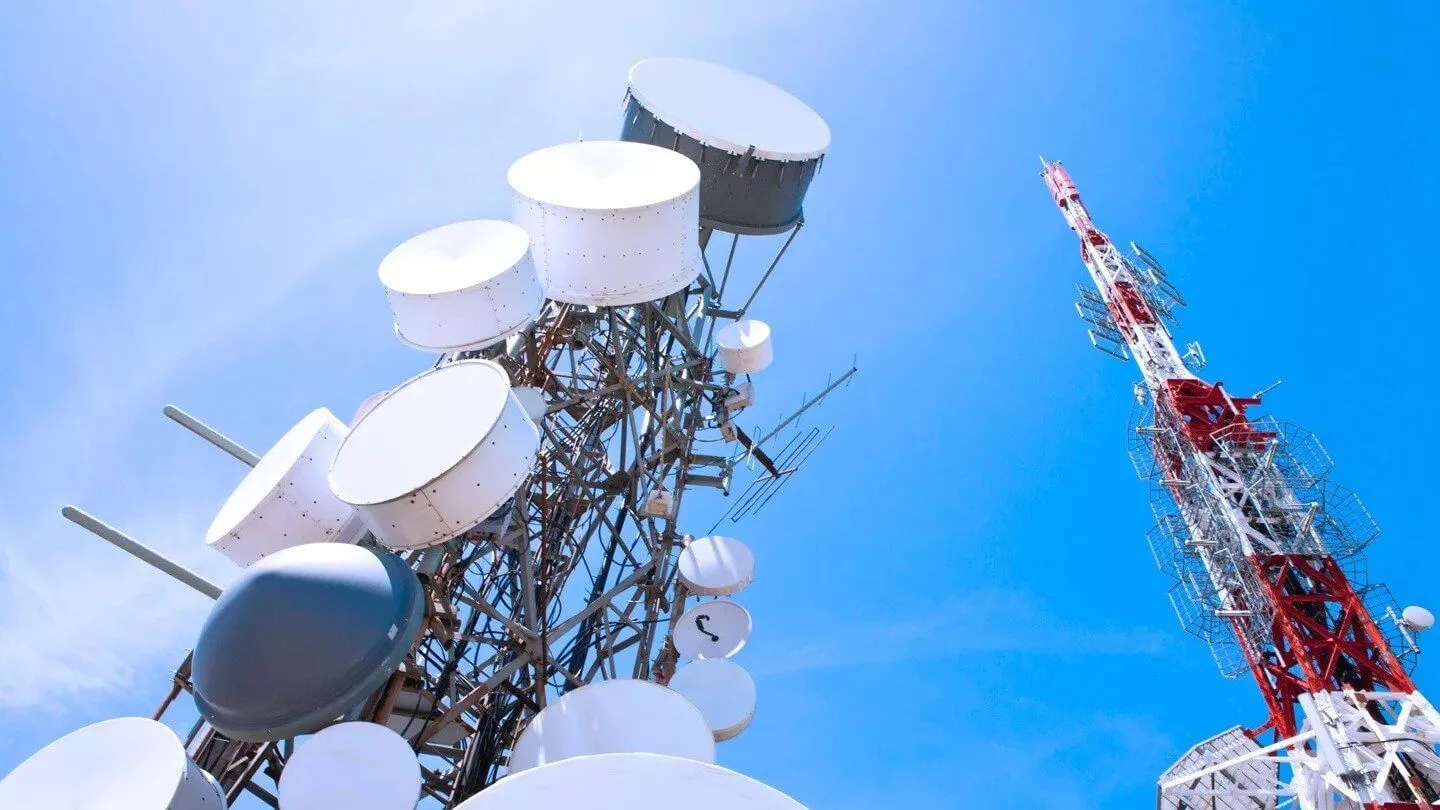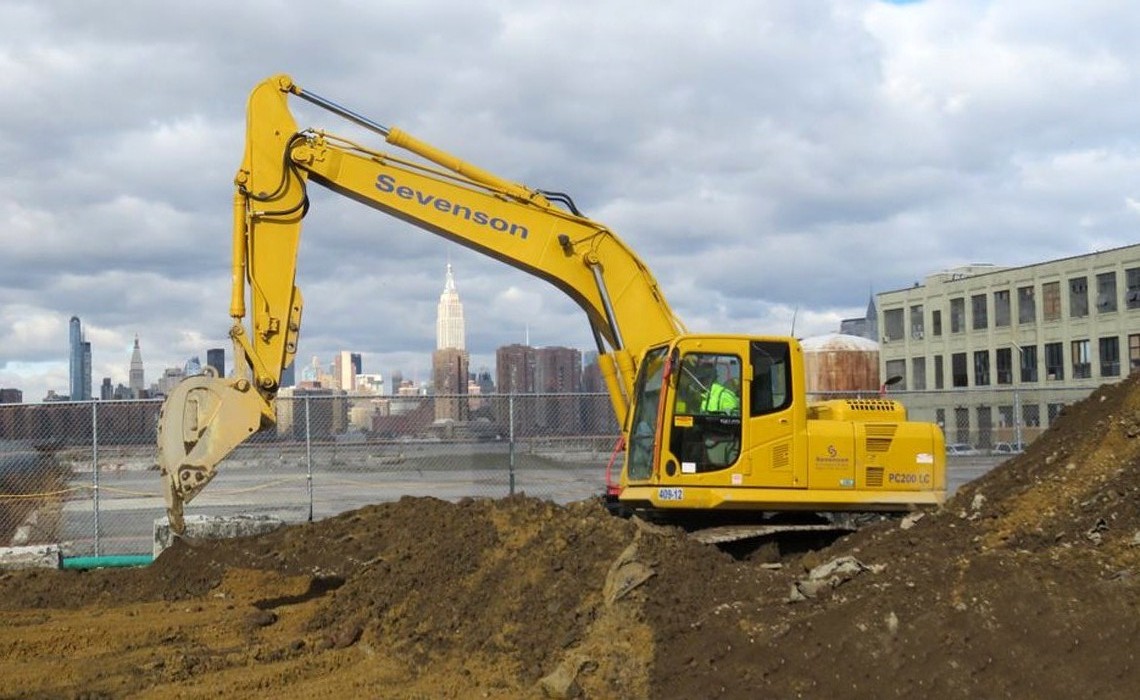When summer rolls around and temperatures climb, your home can feel more like an oven than a haven. The discomfort from excessive heat doesn’t just leave you sweating — it can disrupt sleep on your full-size mattress, sap your energy and hinder your daily activities. Finding effective ways to cool down becomes essential not just for comfort, but for your overall well-being. Here’s how you can cool down your home during the summer.
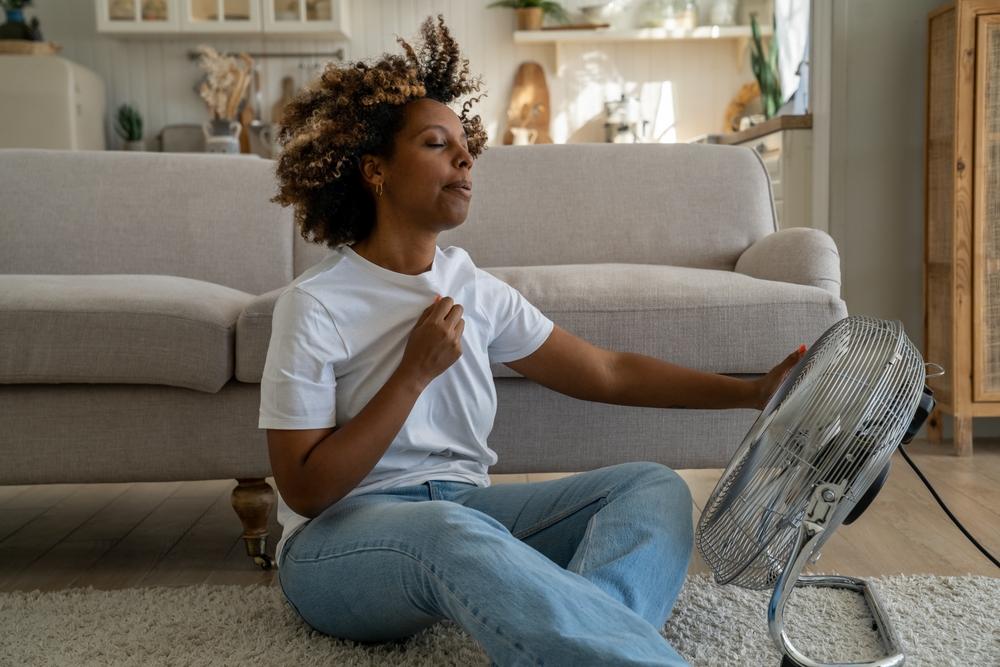
Source: DimaBerlin/Shutterstock.com
Content
Natural Ways to Cool a Room
As summer temperatures soar, keeping your home cool without solely relying on air conditioning can save on energy bills and increase comfort. Here are some natural strategies to help you chill out:
Optimal Use of Fans
Fans are a fantastic addition to your natural cooling strategies, enhancing air circulation and making your indoor environment feel cooler even without air conditioning. Set your ceiling fans to run counterclockwise during the summer, as this motion pushes cooler air down into the room. You can also use portable standing fans to direct air exactly where it’s needed most, such as across your storage bed at night or toward a seating area during the day. Additionally, exhaust fans, particularly in kitchens and bathrooms, play a crucial role. They pull out hot air that rises after you cook or shower, helping keep your entire home cooler.
Cross-Ventilation
Creating a cross breeze is one of the simplest methods to cool a room naturally. To achieve this, open windows or doors across from one another to allow air to flow freely through the room. This method works best if the windows or doors are on opposite sides of the room, creating a direct air path. For added effectiveness, open windows in the cooler, shaded areas of your home and those facing the wind direction to help push hot air out.
The Benefits of Shade
During daylight hours, direct sunlight streaming through windows can drastically increase indoor temperatures. Combat this by drawing curtains, closing blinds or installing light-colored window treatments that reflect rather than absorb heat. For a more natural approach, consider strategically planting shade trees around your home’s exterior to prevent sunlight from hitting your walls and windows. Adding awnings can also provide a shield against direct sun, keeping your rooms cooler without any energy cost.
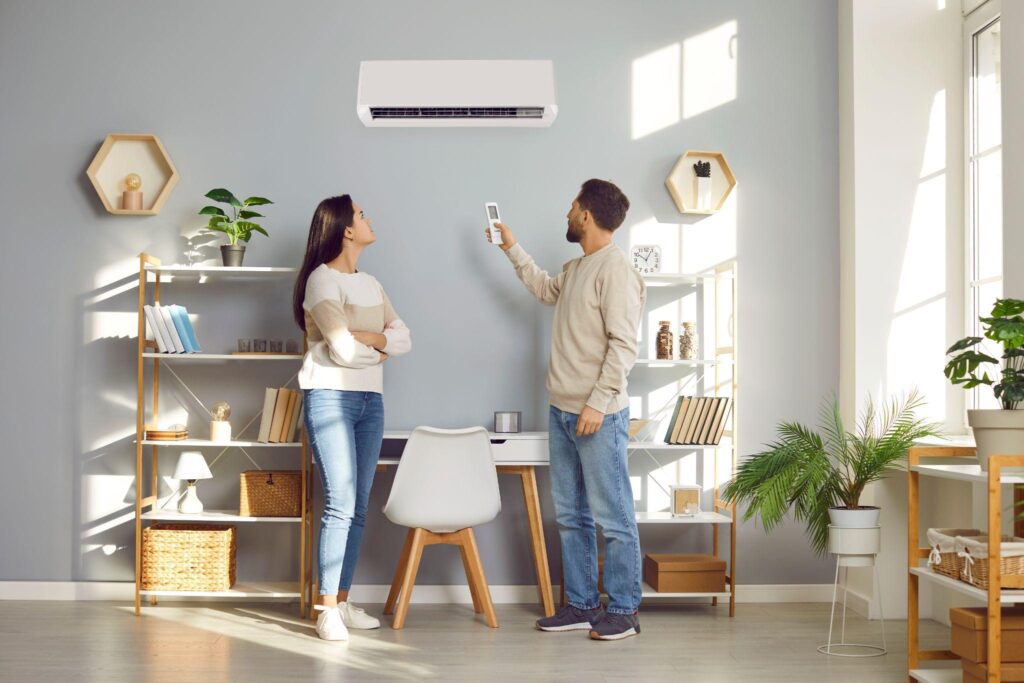
Source: Studio Romantic/Shutterstock.com
Technological Solutions
In the fight against summer heat, sometimes natural methods need a technological boost. Here’s how to use devices like air conditioners and dehumidifiers to keep your space cool.
Air Conditioning
Choosing the right air conditioner depends on your specific needs and room setup. Here are a few options:
- Window air conditioners: These units are best for cooling single rooms and are designed to fit in standard window frames. They’re a good choice if you want something affordable and easy to install.
- Split air conditioners: These consist of two parts: an outdoor compressor and an indoor air outlet unit. They’re quieter and more powerful than window units, making them suitable for larger spaces and multiple rooms.
- Portable air conditioners: These can be moved from room to room and are ideal if you can’t install window or split units. They’re versatile but can be less efficient than other types.
To get the most out of your air conditioner, follow these best practices:
- Regular maintenance: Clean or replace the air filters monthly during high-use seasons and check the coolant levels at the start of summer.
- Efficient usage: To maximize efficiency, keep doors and windows closed when the AC is running. Use a programmable thermostat to adjust temperatures when you’re not home so you’re not cooling an empty space.
Using Dehumidifiers
High humidity can make indoor temperatures feel hotter than they actually are. A dehumidifier helps pull moisture from the air, making your environment feel cooler and more comfortable. This device is especially useful in damp areas of your home where the air feels thick and sticky, such as near mattresses, which can absorb moisture. Running a dehumidifier with your air conditioner can also enhance the AC’s efficiency because it has less humidity to cool down.
Insulation
Adding or improving insulation in your home is one of the most effective ways to keep heat out. Insulation works by creating a barrier that reduces the heat exchange between the inside of your home and the outside environment. Here’s how you can improve insulation:
- Upgrade attic insulation: Since heat rises, your attic is one of the best places to start. Adding fiberglass, cellulose, or spray foam insulation layers can help keep the heat from penetrating your living spaces below.
- Seal windows and doors: Check for leaks around windows and doors. Using weather stripping or caulk to seal these areas can prevent warm air from entering and cool air from escaping.
- Insulate walls and floors: Adding insulation to walls and under floors, especially in older homes, can significantly reduce heat absorption from the outside. This process can be more involved but is highly effective for maintaining a comfortable indoor climate.

Source: chainarong06/Shutterstock.com
Adjusting Daily Activities
Heat-producing activities like cooking and ironing can raise your home’s temperature. To avoid this, plan these activities during cooler parts of the day. Early morning or late evening are ideal times for such tasks when the outside temperature is lower. This prevents your home from heating up and makes these chores more comfortable for you to perform. For cooking, consider using smaller appliances like microwaves, slow cookers or pressure cookers, which emit less heat than ovens or stovetops. If possible, grilling outside is a great alternative that keeps all the heat out of your kitchen.
Implementing these strategies will enhance your comfort during the sweltering summer months and promote a more energy-efficient lifestyle. So, take these tips, apply what fits best with your living situation and enjoy a cooler, more enjoyable summer at home.

Shery Walls is a dedicated home blogger who has been blogging for over six years. She covers everything home related. Shery also loves writing posts about her travels to Europe with her husband and two children.



